If you’ve ever found yourself in a colorful predicament while handling beets, you’re not alone. These vibrant root vegetables have a knack for staining everything they touch, including your hands. But fear not! In this guide, we’ll not only help you keep your hands clean when processing beets but also provide you with some tips and tricks for preserving these earthy delights.
Tip 1: The Magic of Sunflower Oil
Before diving into beet processing, consider this handy trick to prevent staining in the first place. Instead of donning gloves, lightly coat your hands with sunflower oil. This creates a protective barrier that makes it much easier to wash away the beet stains after your culinary adventure.
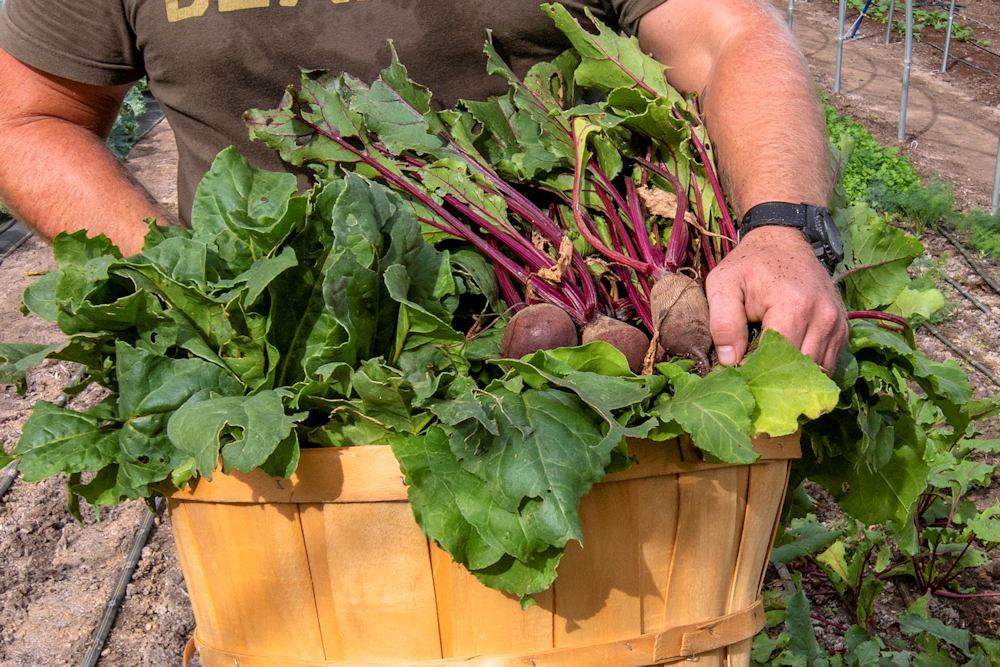
Tip 2: The Citrus Solution
If you’re already sporting beet-stained hands, reach for some citrus power. Lemon juice or vinegar essence works wonders for removing those stubborn red marks. Simply rub a bit of either onto your hands, and the acidity will help break down the pigments responsible for the stains.
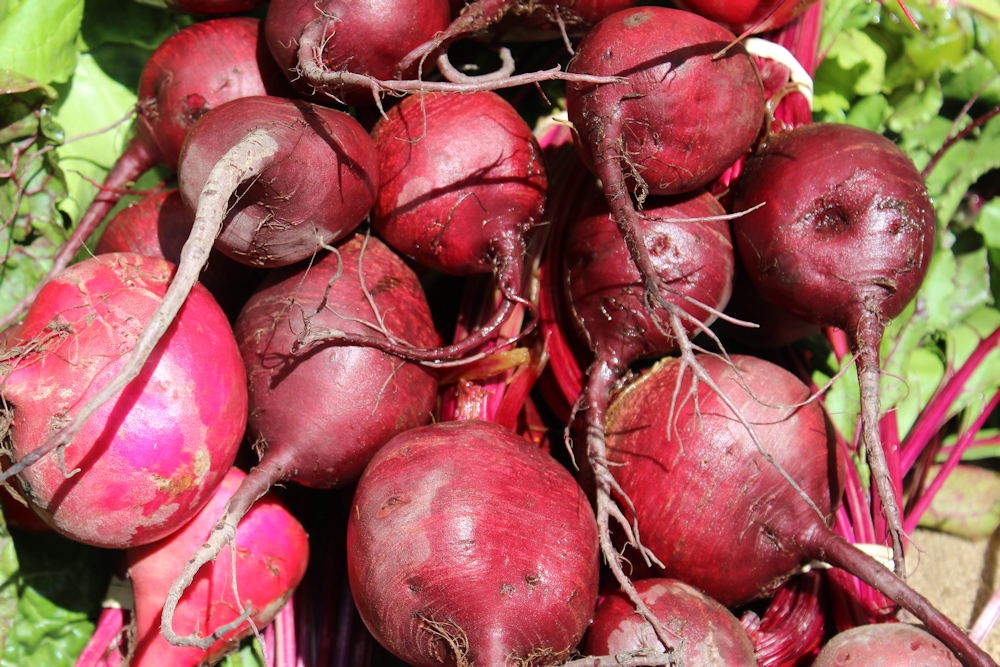
Tip 3: Keep That Skin Intact
When it comes to cooking beets, preserving their skin is crucial. Damaging the skin prematurely causes beetroot juice to flow out, resulting in loss of flavor. To keep that earthy aroma intact, consider boiling your beets whole in hot, salted water. This method ensures that the beetroot retains its juices.
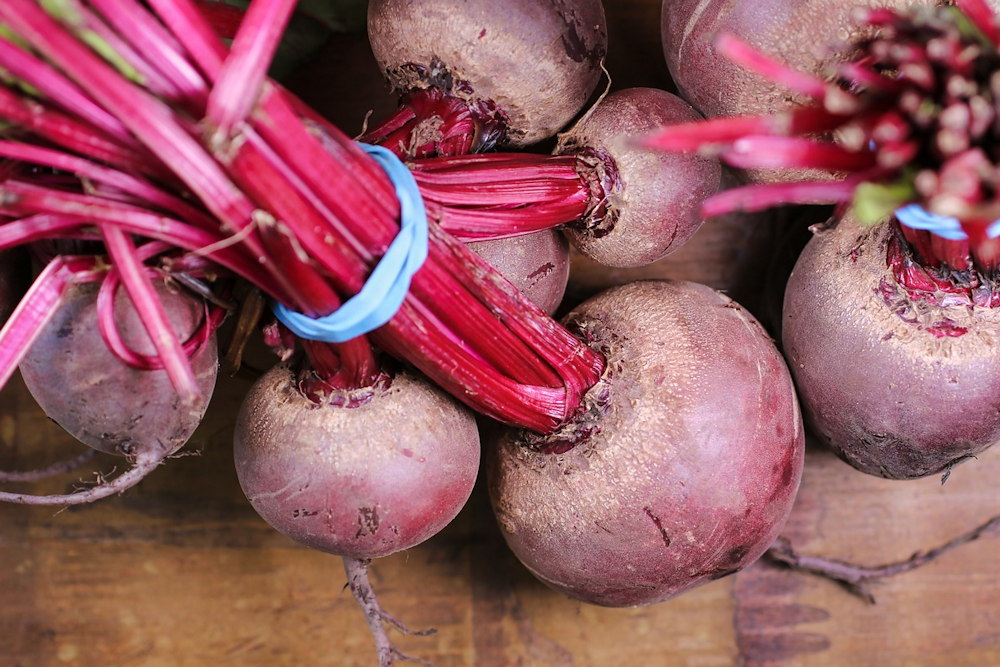
Tip 4: The Cold Water Bath
Once your beets are cooked to perfection, give them a refreshing bath in cold water. This rapid cooling helps to stop the cooking process and makes the beets easier to handle. Plus, it aids in loosening the skin, preparing the beets for easy peeling.
Tip 5: Swift and Gentle Peeling
After the cold water bath, it’s time to peel the beets. Begin by quickly cutting off the roots and any remaining leaf base. Now, the fun part – peel the beets gently with your hands. The cooled beets should shed their skin with ease, revealing their vibrant, jewel-toned flesh.

Tip 6: Preserve the Beety Goodness: Pickling Perfection
Now that you’ve mastered the art of beet processing, let’s dive a bit deeper into one of the most delightful ways to preserve these nutritious gems – pickling. Pickled beets not only retain their earthy goodness but also develop a unique tangy, zesty flavor over time, making them the perfect addition to salads, sandwiches, or a snack straight from the jar.

The Art of Pickling
Pickling beets is a centuries-old culinary tradition that marries the natural sweetness of these roots with the tanginess of vinegar and a harmonious blend of spices. Here’s a step-by-step guide to creating your own pickled beet masterpiece:
Ingredients You’ll Need
- Cooked and peeled beets, sliced into your desired shape (typically, rounds or cubes).
- Vinegar of your choice (white vinegar, apple cider vinegar or red wine vinegar all work well).
- Sugar (white or brown) to balance the acidity and enhance sweetness.
- A medley of spices and flavor enhancers, including cloves, cinnamon, bay leaves, peppercorns and the zesty kick of horseradish.
- A pinch of salt to enhance the flavors.
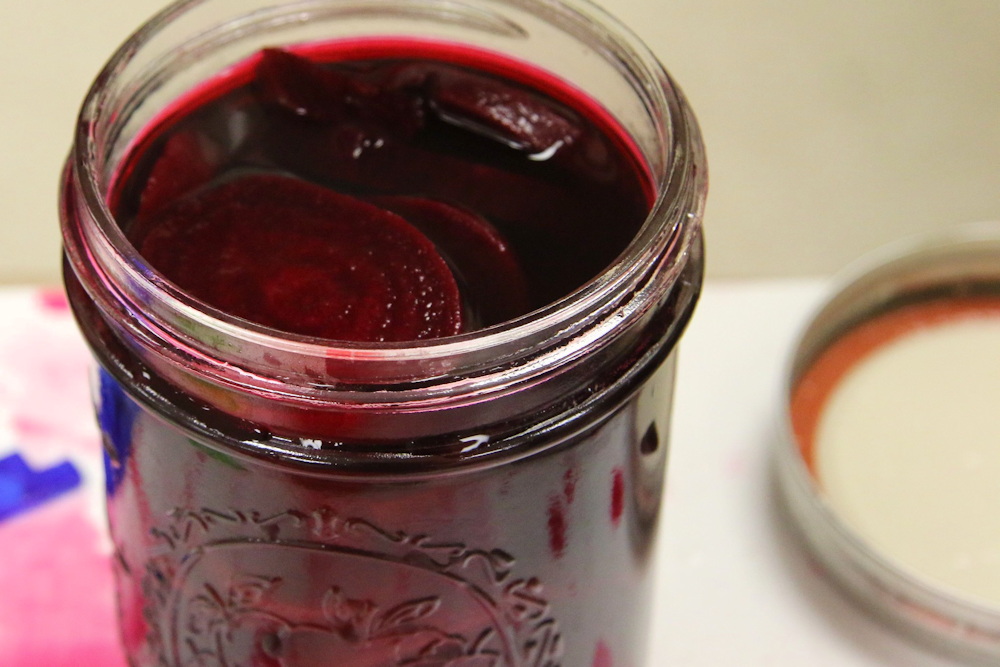
The Pickling Process
- Prepare Your Beets: Ensure that your beets are cooked and peeled, as we discussed earlier. Slice them into your preferred shape, be it rounds, cubes or even artistic spirals.
- Prepare the Brine: In a large saucepan, combine your chosen vinegar with sugar, salt and your selected spices. The exact measurements will depend on your taste preferences, but a common ratio is roughly one part sugar to three parts vinegar. Simmer this mixture over low heat until the sugar completely dissolves, and the spices infuse the liquid with their aromatic goodness.
- Pack Your Jars: Carefully pack your prepared beets into clean, sterilized glass jars. Pour the warm brine over the beets, ensuring they are fully submerged. Leave a bit of headspace at the top of the jar to allow for expansion during the pickling process.
- Seal and Store: Seal your jars tightly with lids and allow them to cool to room temperature. Once cooled, transfer the jars to your refrigerator or a cool, dark storage area. The pickling magic will happen over the next few days.
- Patience Is a Virtue: The longer you allow your beets to pickle, the more pronounced their tangy, zesty flavor will become. For best results, let them sit for at least a week, but they can be enjoyed after just a couple of days if you can’t wait.
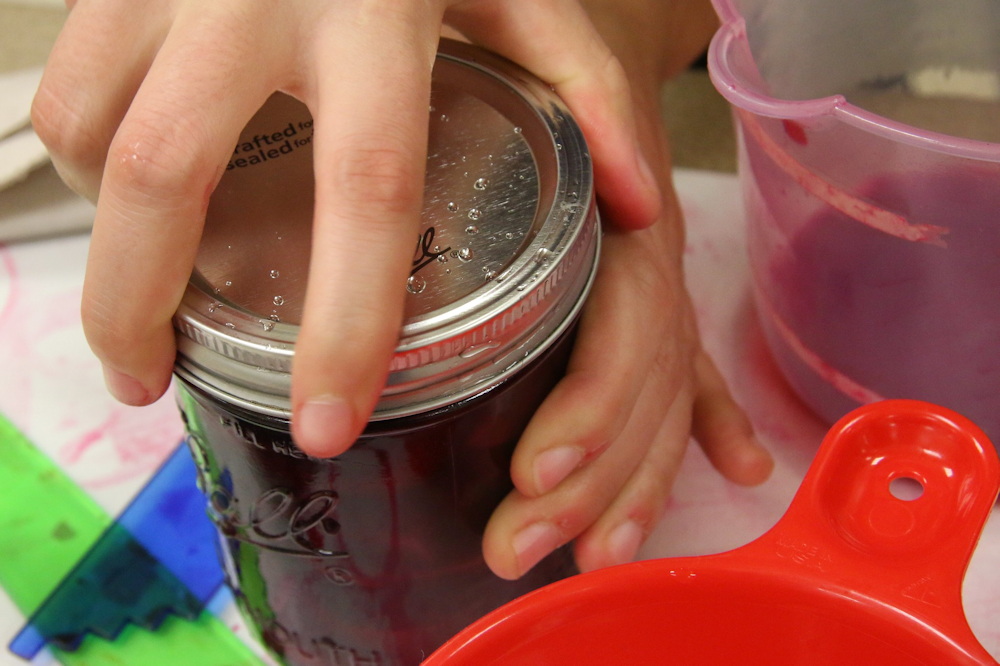
Delight in Pickled Beets
As time passes, your pickled beets will develop a complexity of flavors that perfectly balances the earthy sweetness of the beets with the acidity of the vinegar and the aromatic nuances of the spices. Enjoy them as a side dish, in salads, atop sandwiches, or even as a standalone snack. The possibilities are endless, and the reward is a jar full of homemade pickled perfection.
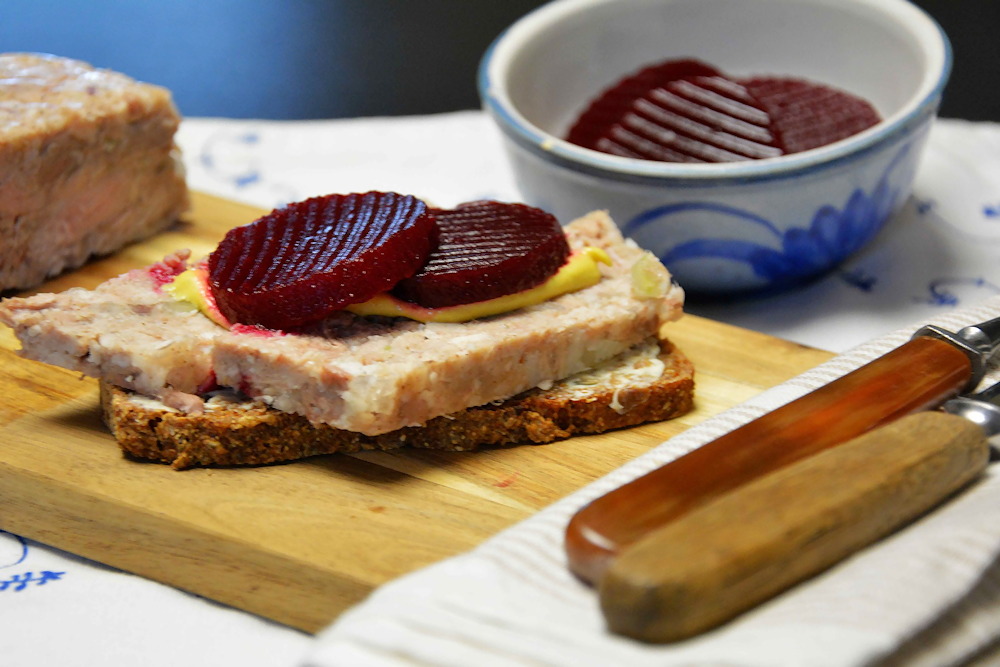
Unveiling the Scarlet Delights
There you have it, a guide to keeping your hands clean while processing beets and some extra tips for preserving their deliciousness. The beauty of beets extends beyond their rich, red hue, and with these tricks up your sleeve, you’ll confidently navigate the world of beet preparation and savor the earthy delights they offer. Happy beet adventures!









